
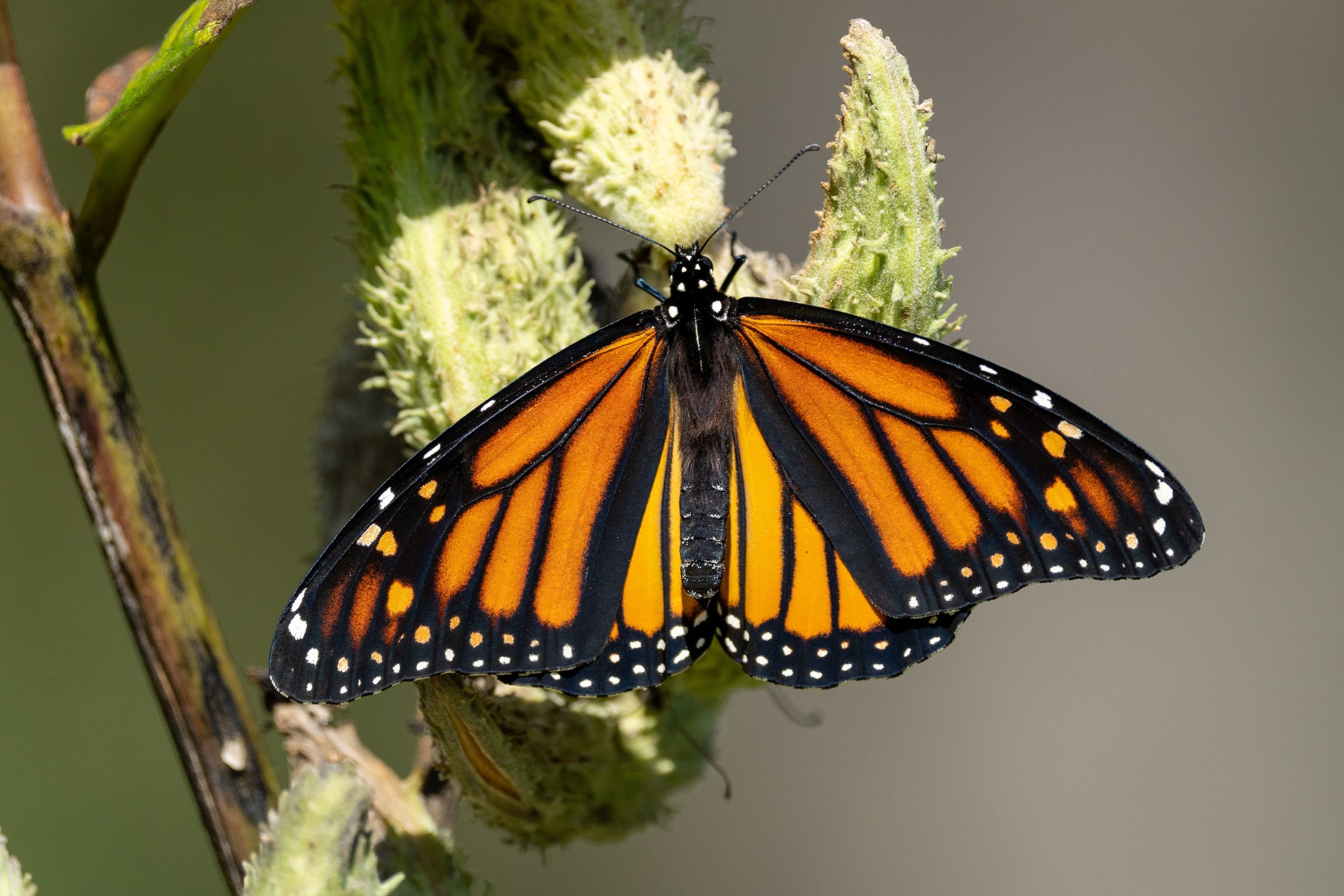
The Great Monarch Migration
Monarch tagging at our latitude begins August 29! They are about to embark on an incredible journey
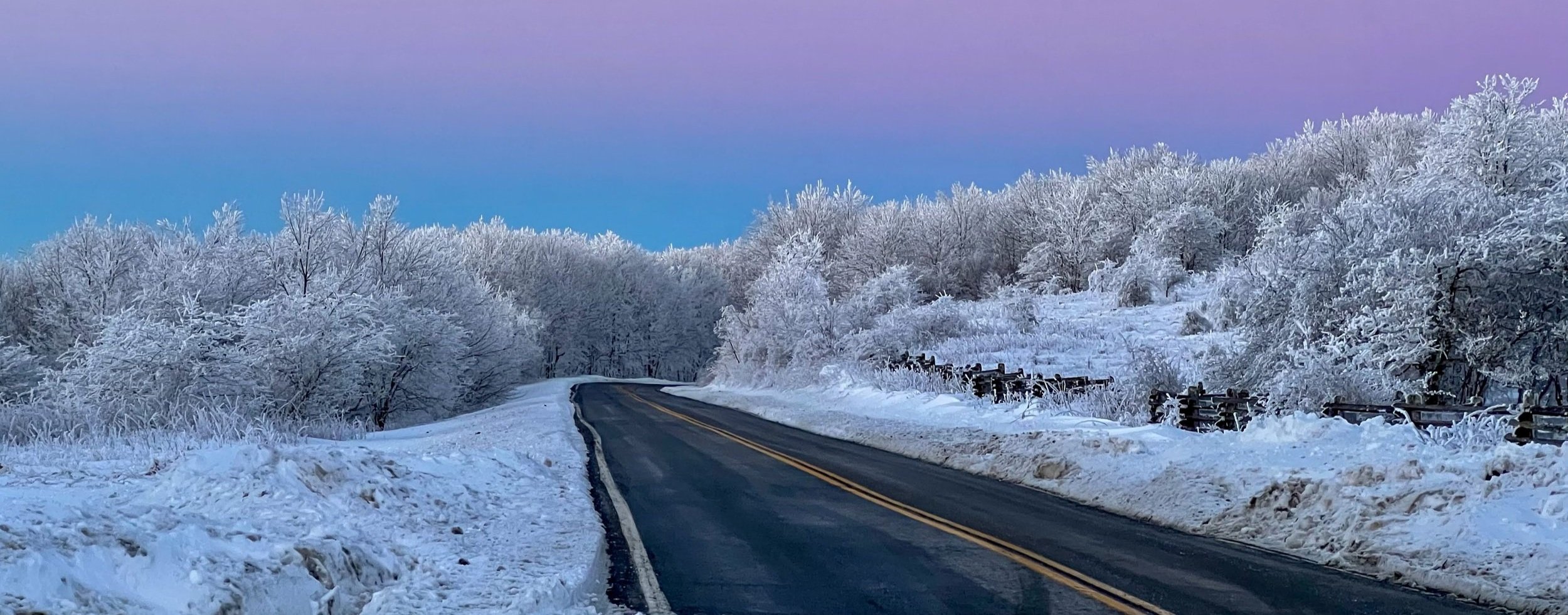
Excessive Road Salt: AsSALTing Our Streams
Putting down salt on traveling surfaces can help make them safer during treacherous winter conditions. But excessive levels of salt has consequences in our waterways.
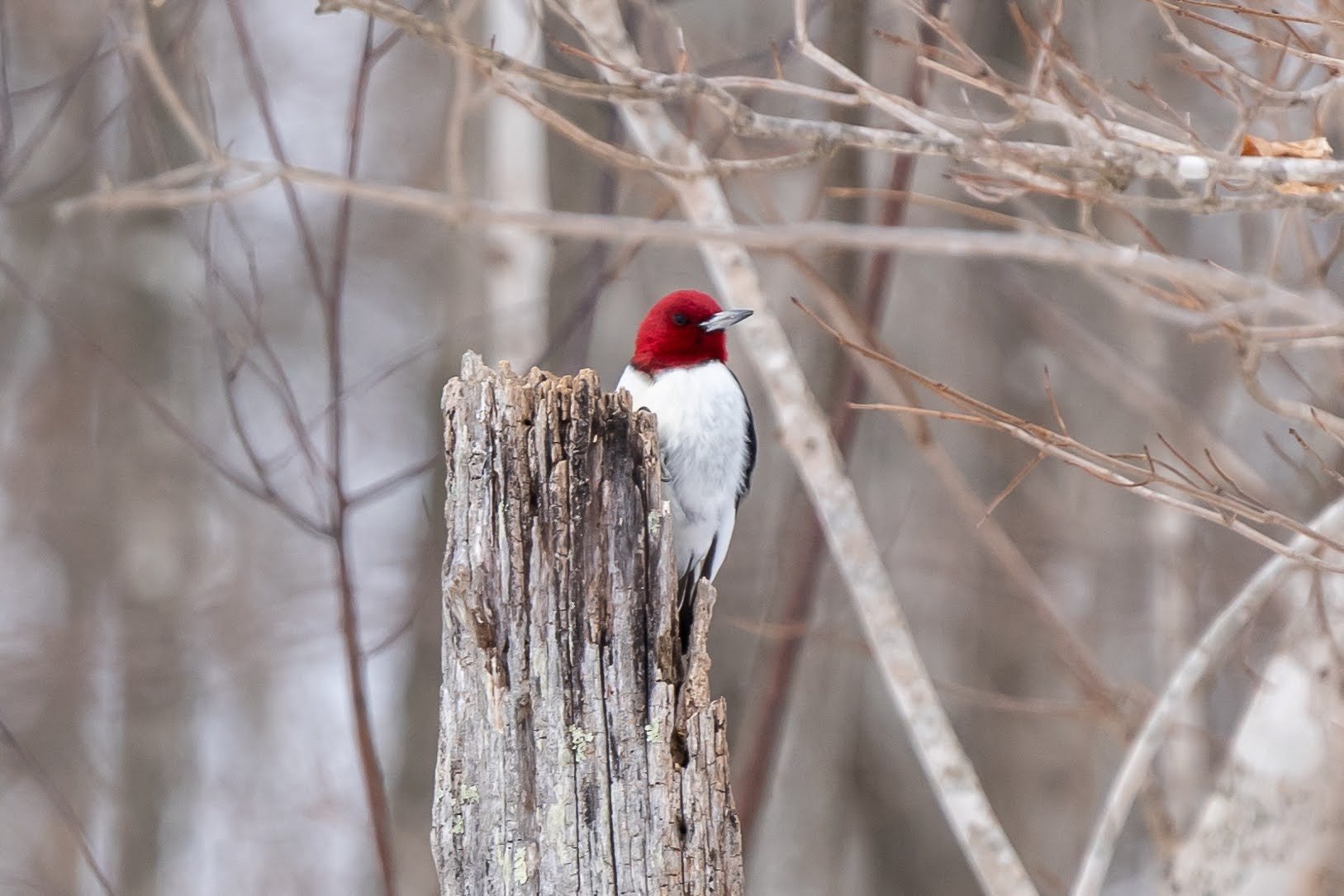

Searching for Ducks
BRDC staff ventured into the field on Monday, February 15th in search of wintering/migrating ducks and waterfowl. We had a very successful day, with a total of 15 waterfowl species identified and 531 individuals counted.
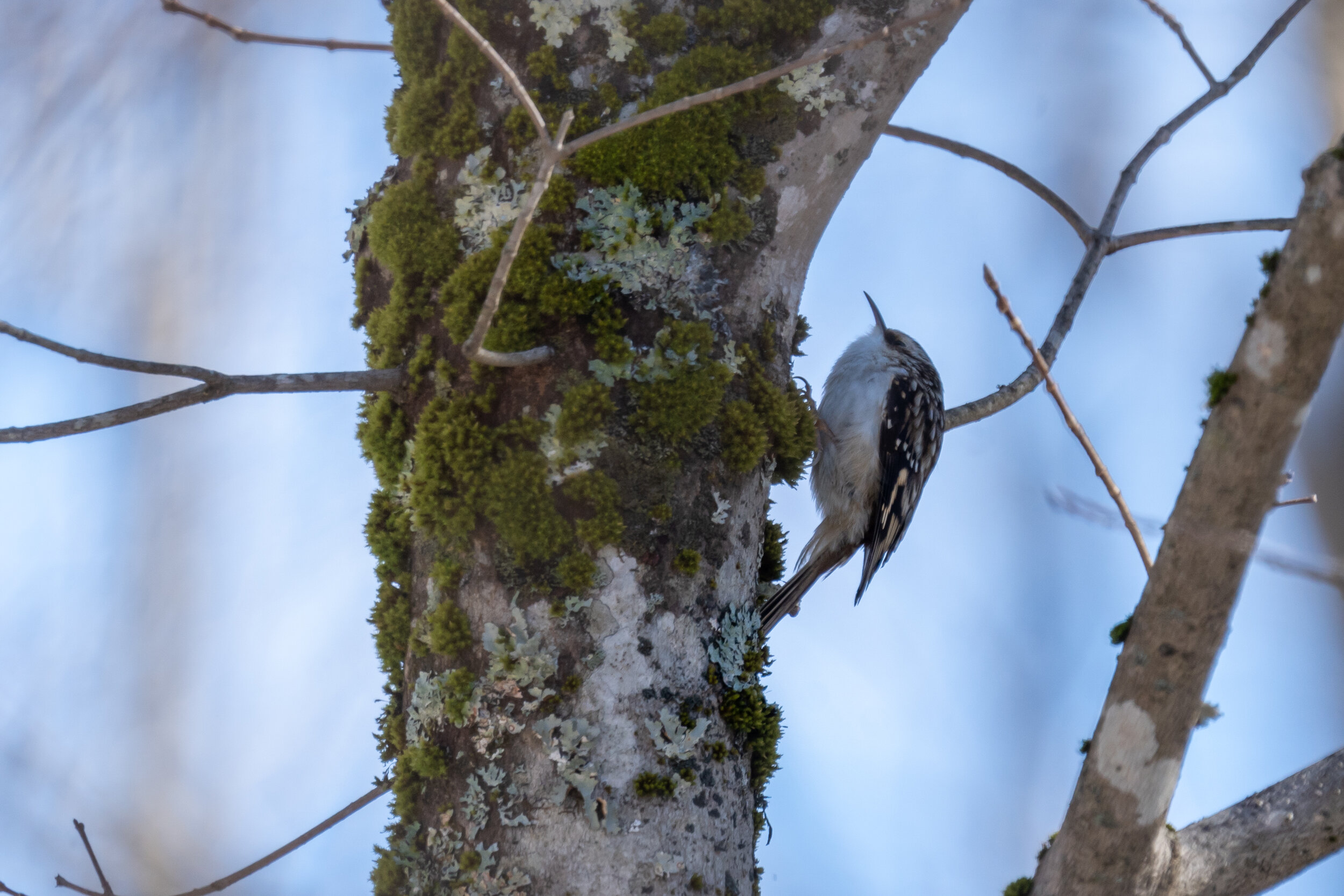
2021 Great Backyard Bird Count
Anyone can participate in the Great Backyard Bird Count, from the beginning bird watcher to the expert!
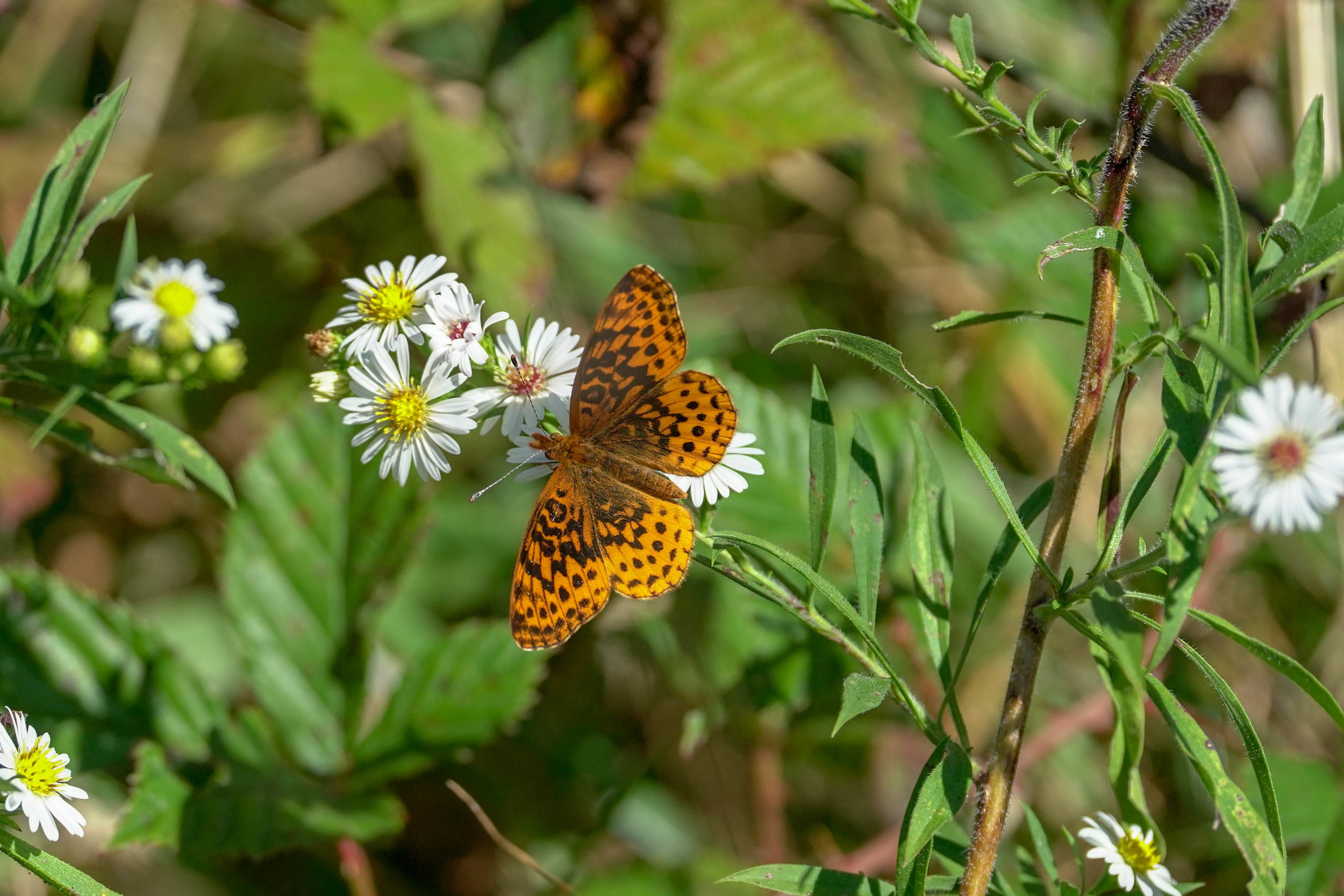
Butterflies and Community Science
Butterflies are one of the most beautiful elements of the natural world, and scientists now recognize that they can also serve as one important indicator of the health of ecosystems.

BRDC Restores Golden-winged Warbler Habitat!
During a beautiful first week in October, 70 acres along the Appalachian Trail were managed through a partnership with the US Forest Service, Appalachian Trail Conservancy, Piedmont Appalachian Trail Hikers, and Blue Ridge Discovery Center.

Students Study Whitetail Deer impact on forest understory
Through the cooperation of Matthews State Forest and forester Zack Olinger, and along with Alan Webb (Ag teacher), and Rachelle Rasco (stem lab manager) from Carroll County High School, BRDC initiated a research project at one of the two deer exclosure sites on MSF. This project is expected to encompass not only this fall semester, but also a spring 2016 return visit or two for further comparisons.

Students conduct first survey of Deer Exclosure Plot
For our first research day, 9/9/15, the students focused on describing the forest floor and canopy densities, comparing percentages of herbaceous and rocky or barren coverage, taking a census of all the trees within an approximately 80 foot radius of the deer exclosure including diameter, height and species of each tree.